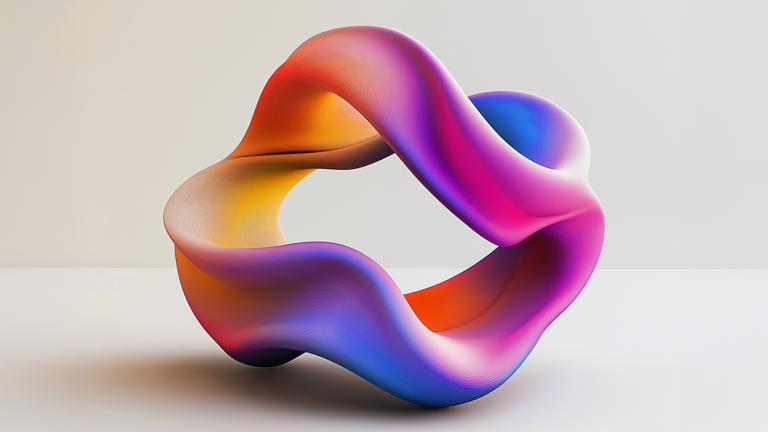Emotional design : when your visuals trigger a real connection

Design isn't just about making things look pretty. It's about making people feel. To create a link, sometimes invisible but powerful, between a brand and its audience. This is where emotional design comes in.. In the studio, we see it as the next frontier: the one where branding goes beyond form to touch people.
What is emotional design ?
It is the art of integrating visual, narrative or interactive elements that arouse emotion, whether positive (joy, surprise, warmth) or deeper (nostalgia, wonder, identification).
Emotional design is based on :
- Thesensory aesthetics (colours, textures, sounds, movements)
- Theempathy (detailed knowledge of the user's needs and feelings)
- The visual storytelling
📌 Example : An interface that congratulates you with a happy animation after a purchase. It's not just functional, it's emotional.
Why is it a strategic asset ?
Emotion creates memory
We remember what we feel. A brand that evokes emotion is a brand that leaves a mark.
- Better withholding information
- Affective association stronger with the brand
🎯 For example : Slack's subtle ‘ding’ or the little vibration of a button on a mobile phone - small details that make a big impact.
It encourages commitment and conversion
An interface that elicits an emotional response:
- Reduces friction (actions are more natural)
- Increases engagement (the user feels understood)
- Create a relationship of trust faster
It differentiates the brand in the long term
Features are copied. Prices are compared. But the way a brand makes you feel, that's unique.
📌 For example : the poetic branding of brands like Merci Handy, or the ‘feel good’ world of Innocent Drinks.
How can you incorporate emotion into your design ?
Working on micro-interactions
The little details that make the experience more human :
- Hover, transitions, visual reactions
- Positive feedback after an action
🎯 They should not slow down the UX, but reinforce it.
Creating a coherent visual narrative
- Visuals that tell a story
- A fluid flow of content
- An embodied and sensitive artistic direction
📌 Recommended tool: storyboard or narrative moodboard to build an emotional journey.
Using colour and typography as emotional levers
- Warm colours create intimacy, pastel tones soothe and strong contrasts energise.
- Typefaces have a voice: classic, bold, naive, elegant...

Conclusion
Emotional design is not a gadget trend. It's a more human, more refined way of thinking about brand experience and image. By playing on emotion, we create links, memories and preferences.
We design identities that appeal to the eye, but above all to the heart. Because in the end, what we feel is what keeps us coming back.